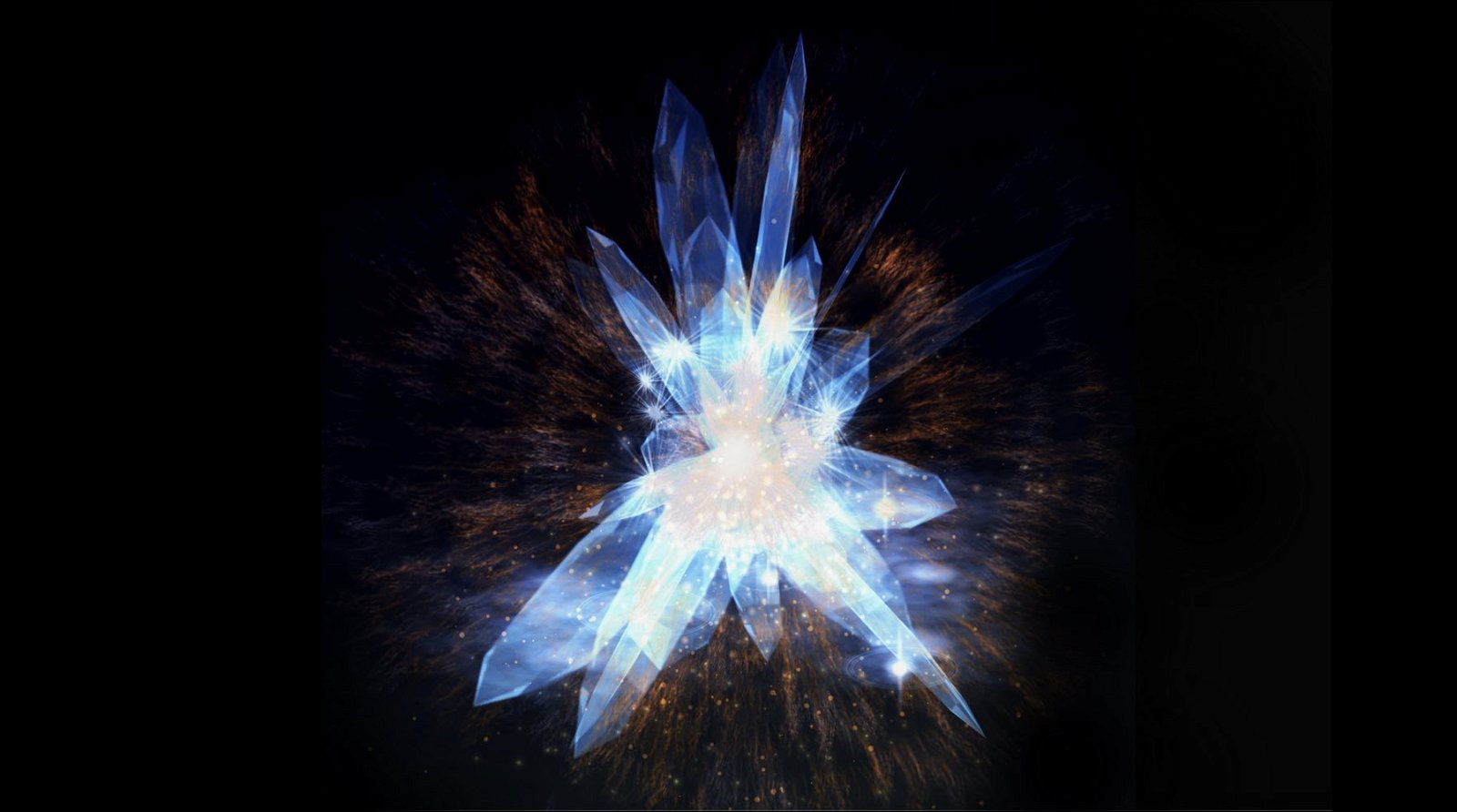Scientists from Swinburne University of Technology in Australia and Jagiellonian University in Poland have proposed using time crystals as a core component of a quantum computer. In the preprint paper, the scientists propose using time crystals as a type of circuit to keep the quantum components within the computer from interfering with each other and causing errors. While more research is required in order to check the feasibility of the idea, it could have significant implications for the future of quantum technology.
What are Time Crystals?
The concept of a time crystal was first proposed around the mid-2010s. The idea is that, like a crystal has a repeated structure in space (with multiple faces and sides), a time crystal has a repeated structure in time. While difficult to understand, the time crystal can be likened to a perpetual motion machine, where atomic or particle arrangements repeatedly transform over repeated time segments in a never-ending train of particles.
While the time crystal began as a theoretical concept, it has now been constructed using high-powered lasers and ultracold atoms. The laser can produce discrete patterns of light in specific time intervals, causing the particles to be excited or change quantum states repeatedly.
Because of their discrete timing patterns, physicists believe that time crystals may be able to help isolate individual quantum bits or “qubits” that make up the processing units of a quantum computer.
What are Quantum Computers?
Quantum computers utilize quantum mechanical phenomena, such as superposition and entanglement, to solve complex problems that a traditional or classical computer is unable to solve. Their power comes from their ability to transform and change the qubits inside them, which can be individual atoms, photon light particles, ions, or other particles. Companies like Google, IBM, and Quantinuum, along with many smaller start-ups, each use different atoms as qubits within their systems, showing the many types of quantum computers.
One of the challenges in creating a working quantum computer is the fragility of the qubits. Qubits can become susceptible to environmental or outside noise, causing them to change quantum states or become unentangled from other qubits in a process known as decoherence. The qubits within a quantum computer can also interfere with each other, which makes scaling up quantum computers from only a few qubits to a few hundred qubits a big challenge. Not only will more qubits interfere with each other, but they can add to the environmental noise that may affect the entire system.
While scientists and engineers are working to overcome these challenges, time crystals could be a potential avenue to explore as a solution to these issues.
Combining Time and Quantum
In this new preprint paper, the scientists propose integrating time crystals into a quantum computer as a “time-tronic” circuit board. In this circuit board, the time crystals could regulate the timing of analysis and information moving through the qubits, isolating them from each other and mitigating some of the potential errors that could happen.
“The elements of these devices can correspond to structures of dimensions higher than three and can be arbitrarily connected and reconfigured at any moment,” the researchers write about the time-tronic circuit in their paper. They add that these circuit boards could be used for other quantum devices, with quantum computing being the most prominent application.
While experiments are needed to validate the researchers’ theory, the team simulated using a time crystal to control a group of ultracold potassium ions being directed by a laser pulse, showing that the time crystal could create a steady rhythm for the ions to move to.
Combining quantum computing and time crystals is not a new idea. Australian physicists simulated a time crystal using a quantum computer in 2022, creating one with 57 particles, the biggest time crystal thus far. Before this, Google’s quantum computing team created a 20-qubit time crystal using Google’s Sycamore quantum computer.
While quantum computers have previously been used to create time crystals, the future of quantum computing innovation may depend on time crystals being integrated into bigger quantum computers and other devices.
Kenna Hughes-Castleberry is the Science Communicator at JILA (a world-leading physics research institute) and a science writer at The Debrief. Follow and connect with her on X or contact her via email at kenna@thedebrief.org

